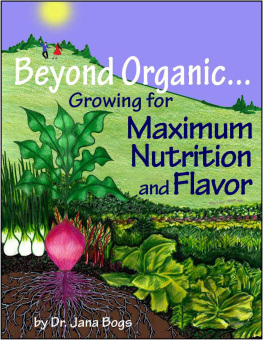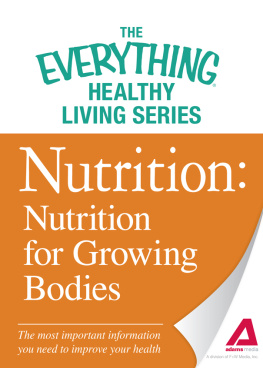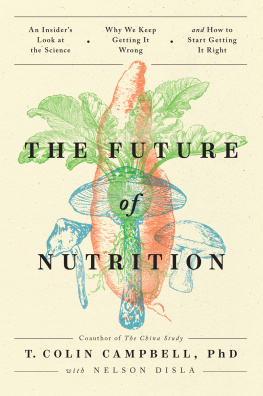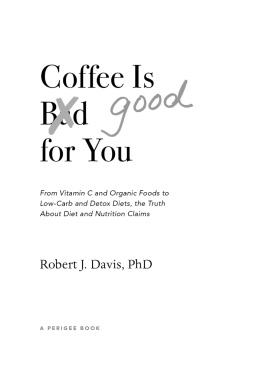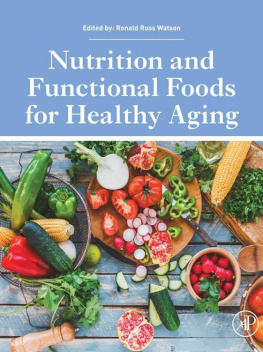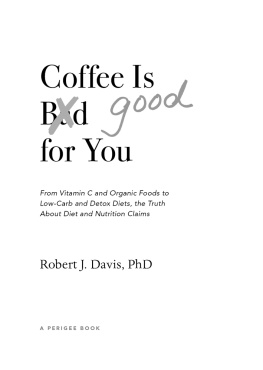Section 1: A New Paradigmin Food Production
An Alarming Predicament
Degenerative diseases are wreakinghavoc on our health and, subsequently, our dreams of what could be. One in threepeople die from cardiovascular disease. Cancer rates continue to rise. Now onein three women is expected to develop cancer in their lifetime; for men, it is onein two! The incidence of diabetes has risen 90% in the last 10 years. One in threechildren born since the year 2000 is expected to have diabetes in their lifetime. This horrific disease can lead to blindness, kidney failure, and amputations.
The diabetes epidemic parallels the rise in obesity. One-thirdof Americans are now considered obesenot just overweight, but obese. Obesity isconsidered a disease because it is not just about ones physical appearance; itprofoundly affects ones health. Obesity is part of an inflammatory process thatleads to various degenerative diseases. Fortunately, there is something we cando about these problems, because they are all diet-related.
You Are What You Eat

Its an old adage that makes a lot of sense, but how many peopleignore that wisdom? What has the collective we been eating? And, just as important,what have we not been eating?
When we eat something, we expect, consciously or unconsciously,that we will get the nourishment we need. We expect that the vitamins, minerals,phytonutrients, proteins, essential fatty acids, and all other nutrients our bodiesneed will be there, or if not, we will pop a few nutritional supplements to makesure. But are we sure?
50% of people taking multivitamins are still nutritionallydeficient.
Dr. William Shive, an eminent nutritional scientist for manyyears at the University of Texas, said that 50% of people taking multivitamins arestill nutritionally deficient. The World Health Organization (WHO) estimates thatover 3 billion people suffer from micronutrient deficiencies, such as vitamins andminerals. That is half of the worlds population! And the deficiencies are notlimited to developing countries.
As shown by several scientific studiesof food nutrient databases, agricultural practices have resulted in a significantdecrease of nutrient density in foods, with losses as great as 75% of some essentialminerals. A concomitant increase in toxic chemical content, not only from agriculturalchemicals, but also from poor plant metabolism may result in harmful constituents,including non-protein nitrogen and mycotoxins (from mold and fungal organisms). Unfortunately, foods produced under certified organic systems are often no morenutritionally dense or mycologically clean than their conventionally-grown counterparts.
"create health from the soil up"
As a clinical nutritionist, I becamekeenly aware of these problems. This ignited my passion to "createhealth from the soil up". To accomplish this, it was necessary to delve intohow soil science, horticulture, and food science affect human and animal nutrition. The synthesis of these fields represents the bleeding edge of what is possiblein nutrition, for example, examining the differences in blood glucose response fromfruits grown under varying cultivation systems. Exciting preliminary data showslowered blood glucose response to fruits grown under a carefully balanced cultivationsystem, even though the fruits have higher levels of sugars and other solublesolids, which improve flavor and shelf life.
Optimal cultivation systems produce healthy soils, subsequentlyproducing healthy and nutrient rich plants, which produce healthy humans and animals. As Hippocrates said thousands of years ago, Let food be yourmedicine. The first step is the selection of plant varieties which havethe ability to uptake large amounts of minerals and produce a large array of healthfulphytochemicals (also known as phytonutrients). Techniques are then used which helpthese plants fully express their inherent genetic capacities. Use of comprehensivesoil and plant tissue analyses to determine the exact needed amounts of an arrayof specific nutrients is crucial.

